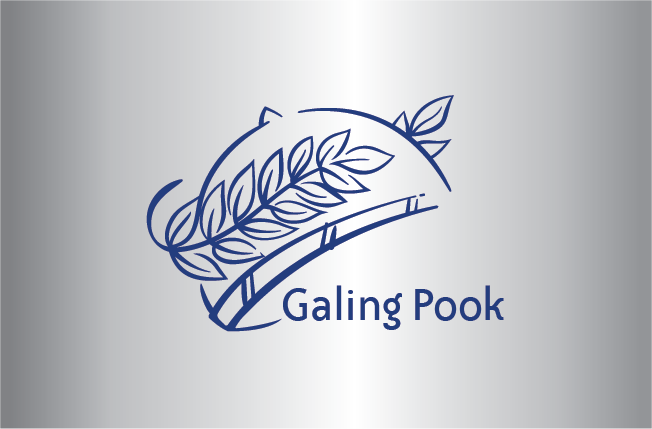
Network of Alliances for Coastal Wetlands Conservation
Province of Negros Occidental
2021
The coastal wetlands of Negros Occidental are home to various endangered species of aves, marine turtles, and marine mammals, as well as vulnerable mangrove species. Motivated to enhance the status of the coastal wetlands environment, the Negros Occidental provincial government through the Provincial Environment Management Office (PEMO) organized the Negros Occidental Coastal Wetlands Area Management Alliance (NOCWAMA) through a Memorandum of Agreement signed on 27 June 2014. The main objective of the program is to improve and wisely manage the coastal wetlands through the establishment of 10 Coastal Wetlands Local Conservation Areas in the province to strengthen its wetlands ecosystems to adapt and withstand the impacts of climate change with restored biodiversity that are sustainably managed and protected by the coastal communities.
Among the tangible results of the program is the establishment of the Mangrove Growing Project using the livelihood swap scheme for 100 community-based environmental law enforcers (CBELE). The livelihood swap scheme allowed every CBELE group per local government to grow two hectares of mangrove in assorted species. In payment for their labor in mangrove growing activities for one year, each CBELE group received a livelihood project (egg production, swine fattening, and goat production) which is equivalent to PhP35,000/ hectare of mangrove grown. Each CBELE group established two hectares of mangrove with the alternative livelihood assistance, which helped supplement their family’s income.
Through the program, various training activities on rescue and response for stranded mammals and marine turtles were conducted. Regular patrol operations were conducted to increase the protection of 10 coastal wetland ecosystems and water birds which reduced the incidence of illegal activities by 50%. This resulted in an improved level of biodiversity in the Negros Occidental Coastal Wetlands Conservation Area (NOCWCA) with 46 species of macrobenthos, seven species of mangroves, and three species of egret being protected. Included in these wetlands are mangrove areas, significant bird species such as the Philippine duck, black tailed godwit, great knot and the Irrawaddy dolphin in Bago City and Pulupandan municipal waters. The program also resulted in the improvement of wildlife habitat which improved the livelihood of fisherfolks.
Based on the report of the Swedish SPOT Corporation, there were only 570 hectares of mangrove forest cover in 1987. In 2019, total mangrove forest cover has increased almost three-folds to 1,436.8 hectares in the 10 LGUs based on the forest cover survey of PGNO-PEMO with LGUs and the DENR. These 1,436.8 hectares of mangrove forest cover in NOCWCA produced an estimated 1,551.84 tons of fish per year. This resulted to improved fish catch with an average of five to seven kilograms fish catch a day.
In order to ensure the program’s sustainability, a total of 10 local conservation areas (LCAs), one for each member LGU of NOCWAMA were established. LCAs are areas that have been set aside for conservation purposes due to their high conservation value. The 10 LCAs were established through relevant local ordinance that intensifies resource protection, rehabilitation, and conservation. Moreover, the Coastal Wetlands Conservation Plan of NOCWAMA and the LCA Plans of 10 member LGUs are already integrated in their respective Comprehensive Land Use Plans with regular budget for implementation. The NOCWAMA has also formulated a Manual of Operations which serves as reference in the management and operations of the Alliance. The manual can help other local governments in the replication and adoption of the program.


